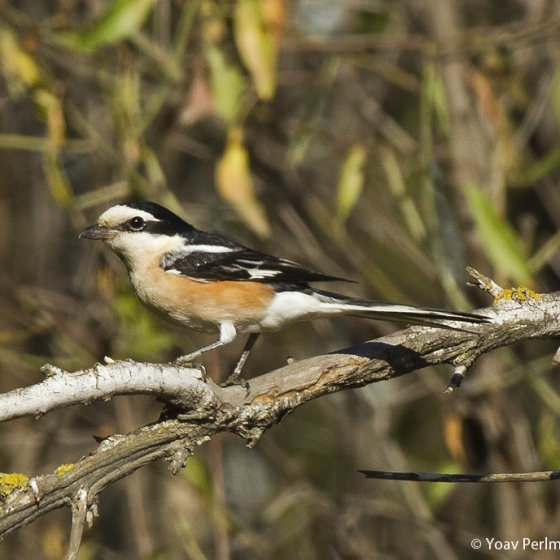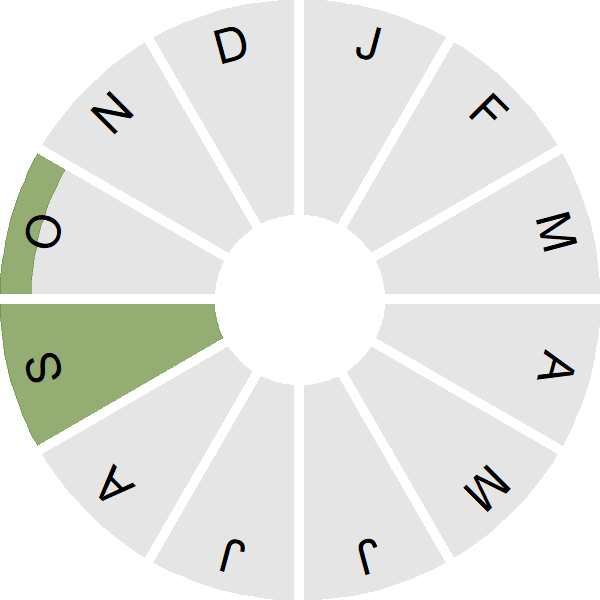Masked Shrike

Introduction
A distinctive black and white shrike with orange flanks, this species has a rather restricted breeding range in Greece, Turkey and the Levant; it is an extremely rare visitor, with just a handful of records.

Key Stats
Status and Trends
Conservation Status
Population Size
Population Change
Population trends of this scarce species are not routinely monitored.
Distribution
This vagrant is too rarely reported to map distribution.
European Distribution Map
Distribution Change
This vagrant is too rarely reported to map distribution change.
Seasonality
Masked Shrike is a very rare vagrant.
Weekly pattern of occurrence
The graph shows when the species is present in the UK, with taller bars indicating a higher likelihood of encountering the species in appropriate regions and habitats.

Movement
Britain & Ireland movement
Biology
Survival and Longevity
Survival is shown as the proportion of birds surviving from one year to the next and is derived from bird ringing data. It can also be used to estimate how long birds typically live.
Classification, names and codes
Classification and Codes
- Order: Passeriformes
- Family: Laniidae
- Scientific name: Lanius nubicus
- Authority: MHK Lichtenstein, 1823
- BTO 5-letter code: MASSH
- Euring code number: 15240
Alternate species names
- Catalan: capsigrany emmascarat
- Czech: tuhýk belocelý
- Danish: Masketornskade
- Dutch: Maskerklauwier
- Estonian: valgelauk-õgija
- Finnish: valko-otsalepinkäinen
- French: Pie-grièche masquée
- German: Maskenwürger
- Hungarian: álarcos gébics
- Icelandic: Grímusvarri
- Italian: Averla mascherata
- Latvian: maskas cakste
- Lithuanian: baltakakte medšarke
- Norwegian: Hvitpannevarsler
- Polish: dzierzba bialoczelna
- Portuguese: picanço-da-núbia
- Slovak: strakoš bielocelý
- Slovenian: zakrinkani srakoper
- Spanish: Alcaudón núbico
- Swedish: masktörnskata

